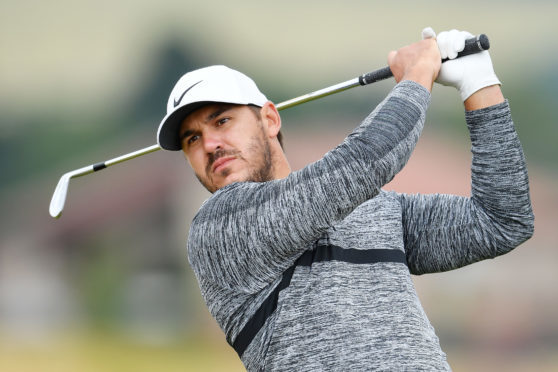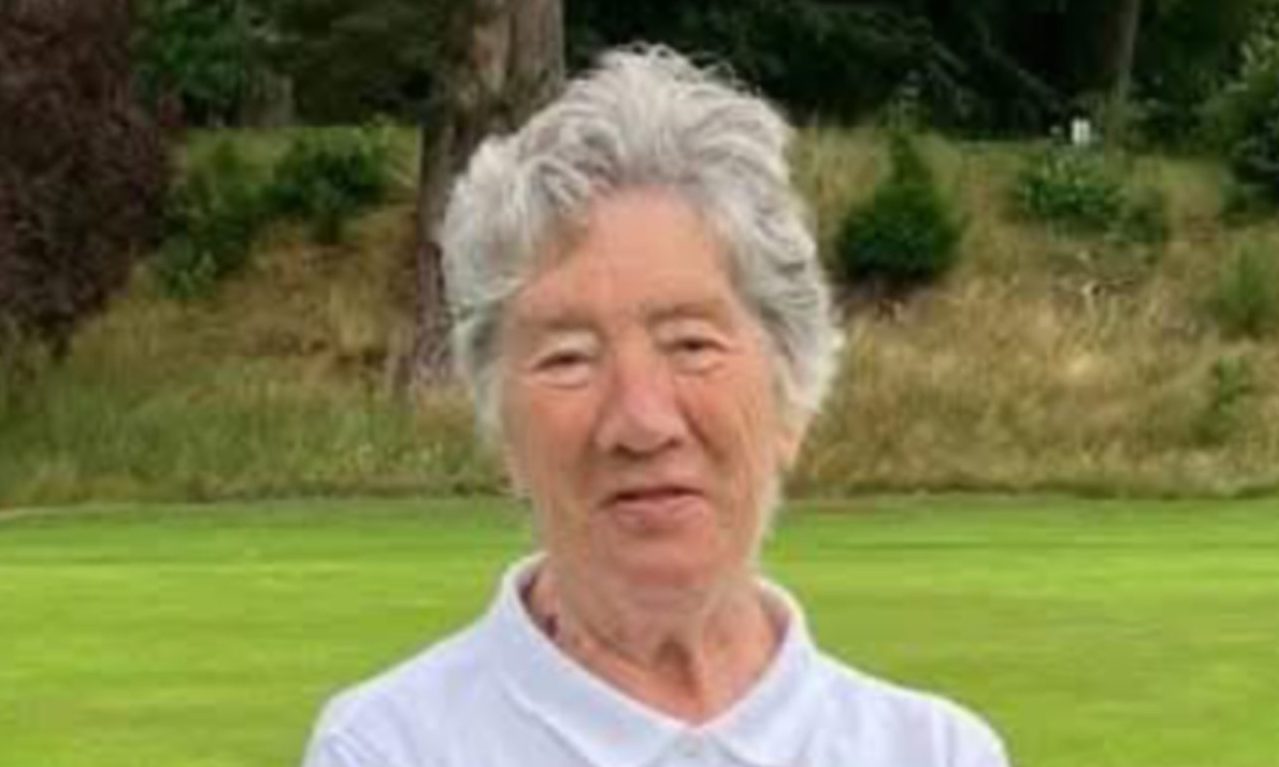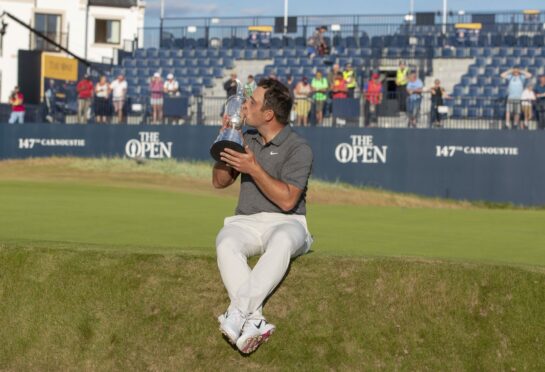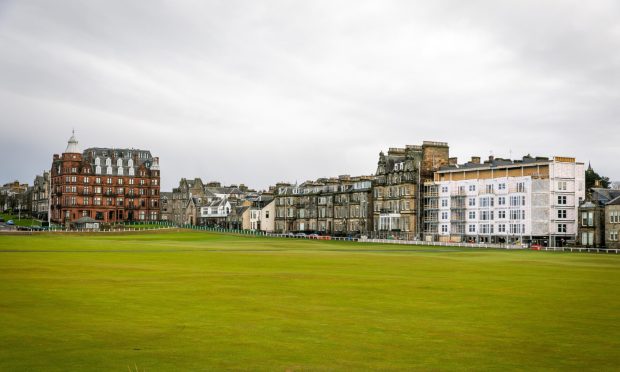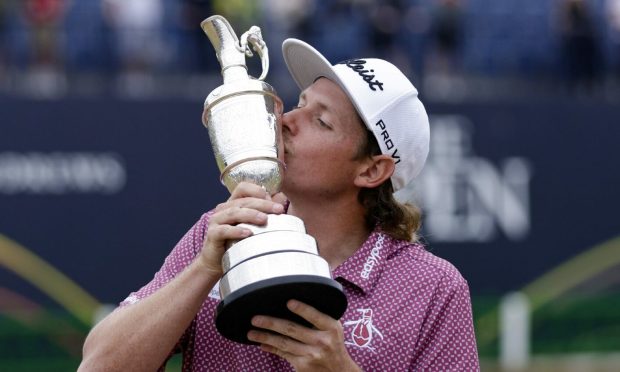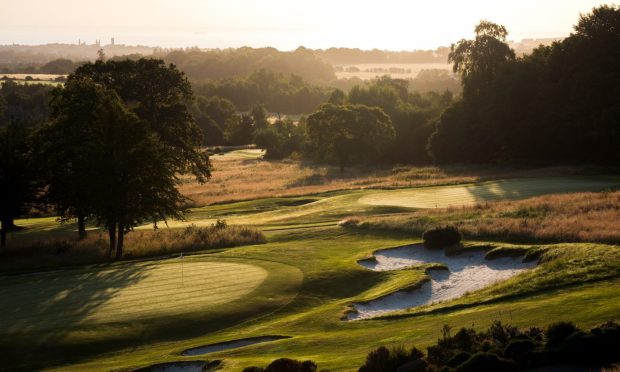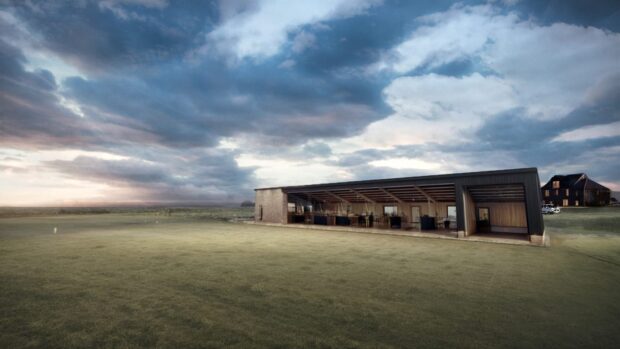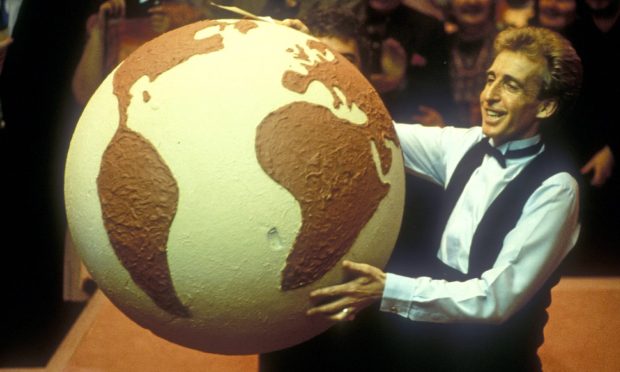Uncharitably described by one US observer as “robotic”, Brooks Koepka is in fact a smouldering volcano of resentment with a massive chip on his shoulder.
Okay, perhaps not. But the double US Open champion, not without reason, does get as browned-off as a Carnoustie fairway when he feels he doesn’t get the credit he deserves, and he doesn’t feel he’s got it for back-to-back US Open wins.
“I always try to find something where I feel like I’m kind of the underdog and kind of put that little chip on my shoulder,” he explained.
“Even if you’re No. 1, you’ve got to find a way to keep going and keep that little chip on and try to get better and better. I think I’ve done a good job of that, but I need to continue because, once you’re satisfied, you’re only going to go downhill.
“Right now I’m focused on just winning, that’s the only thing I’ve got in my mind. Second place just isn’t good enough. I finished second a lot and just got tired of it.
“Once you win too, it kind of propels you. You kind of have this mindset where you just want to keep winning. It breeds confidence and you want to have that feeling of gratification of, I finally did this.
“You think of when you’re seven years old on the putting green and you’re hitting putts to win The Open Championship, U.S. Open, Masters, PGA, whatever it might be, and then when that finally becomes a reality, it is pretty cool.”
The comparisons of the gilded path Jordan Spieth had to the professional tours also seem to drive Koepka. While Spieth got widespread invitations to play when he turned pro – and made the most of them to be fair – Koepka had to come to Europe to play on the Challenge Tour, a spell he now describes as “by far the most exciting time of my life.”
“I didn’t have any options when I turned pro except to come over here and play,” he said. “And I know I’ve said this a million times, but it was the most fun I’ve ever had playing golf. I enjoyed it way more than I probably do now, playing on the Tour.
“Everyone was on the same plane and same hotels and we would all go out. It was so much fun, guys jammed into a taxicab. Those are memories I’ll have for the rest of my life.”
But while he always knew he’d have to move on, the experience of slumming it with his Challenge Tour pals has been the making of him, he feels.
“I just embraced it and I think that’s where a lot of guys go wrong,” he continued. “Guys say, `I should be on the PGA Tour or I should be on the European Tour’.
“Well, guess what? You’re not. So you’ve got to suck it up where you’re at, make the best of it, and keep plugging along and try to win everything you can because eventually, if you’re good enough, you will get there.
“Looking back, I don’t think I’d be sitting here with two majors if I hadn’t done that. I think it really helped me grow as a person, grow my golf game, and like I said, it was the best time in my life.”
He didn’t play much links golf when here, but he loves the format.
“I enjoy plotting my way around courses – I can take advantage of long courses but here you have to be disciplined, hit the centre of greens, and let the putter do the work. That’s the kind of golf I enjoy.”
He’s intrigued with the course, and especially the – very underrated – 15th hole.
“I think that’s the interesting one,” he said. “It’s very hard to hold that fairway, falling left to right. In the predominant wind you almost have to hook.
“We were hooking five irons, landing them in the left side of the fairway, and they’re still rolling through almost into the gorse. So you’re trying to take the bunkers out, but if you get a bounce, it could be up in the gorse.
“So it’s very interesting.”
